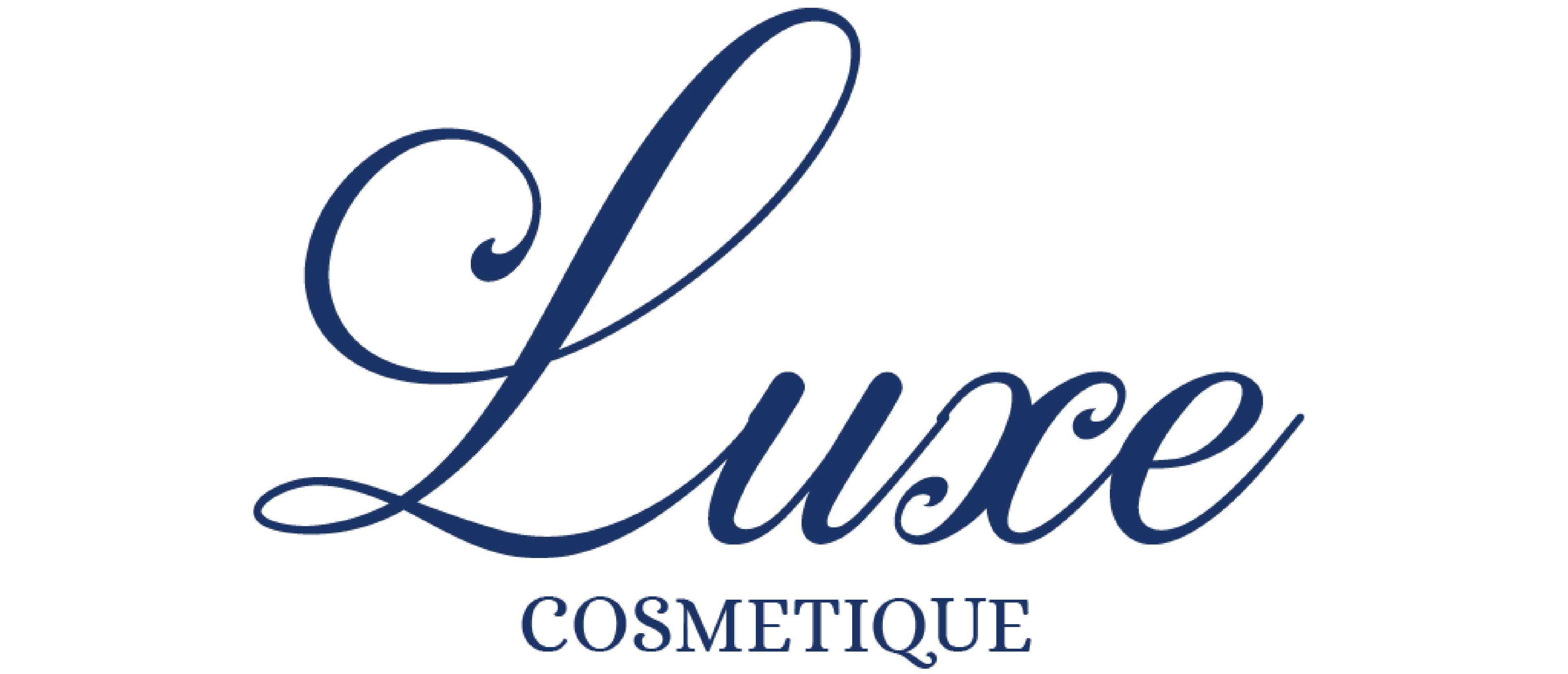Inverted Nipple Correction
Inverted nipples or retracted may happen in one or both breasts and may pose problems in breast feeding, and cosmetic dissatisfaction. They point inward or lie flat, rather than pointing out.
Grades of Nipple Insertion
How is Inverted Nipple Correction performed?
You ask, we answer.
As with any other surgery, infection, ulceration, partial necrosis of the nipple, depigmentation, wound dehiscence, stitch abscess rarely epidermal cyst formation may occur.Each surgical approach has its own advantages and disadvantages. Regardless of their conformation, local flaps certainly consent the stabilization of the nipple projection supporting the base of the nipple without compromising breastfeeding. Nevertheless, flaps required relatively extended operative time, multiple incisions, and subsequent scars. Moreover, the risk of these techniques is to provoke a distortion of the nipple–areolar complex, prejudicing the final aesthetic outcome. However, in our review, the 97.5% of patients who underwent a correction using dermal flaps reached satisfactory aesthetic results and presented a low rate of recurrence (1.5%).
Corrective techniques based on sutures present the main advantage to reduce scars on the nipple–areola complex skin. However, the suture offers a more precarious stability of nipple eversion when compared with flap’s placement. There are 2 different aims while performing sutures: tightening the neck of the nipple (purse-string sutures or 5-points star sutures), supporting the nipple eversion (internal sutures, Poliglecaprone “rope” suture), or both (double-track sun-cross running sutures). The attainment of the nipple neck’s tightening can be assisted also using Z-plasties or wedge excision of the nipple base.
Nipple sensitivity varies from one person to the next, but a person with inverted nipples often experiences the same degree of sensation as a person with protruding nipples. For most people, inversion does not affect nipple sensitivity.
In most cases, an inverted nipple is nothing to worry about and does not require treatment. Many males and females have inverted nipples from birth. However, if a person notices a change in the shape of their nipple, they should see a doctor. Changes, especially those that occur over a short period, can signal an underlying health condition.
The nipples will be covered with comfortable surgical dressing material. If the inversion has been extreme, the dressing can stay up to 2 weeks. If dissolvable sutures have been used, you don’t have to visit the clinic to have the sutures removed but a follow up visit to the surgeon is a must to rule out any infection. Common occurrences are bruising and swelling that shall naturally subside.
You can return to normal activities almost immediately but often depends on the level of correction involved. You will be advised to avoid sexual activity and other strenuous tasks for 7 to 10 days.
The nipples will gradually assume normal shape, though it might appear a little swollen during the healing phase. You can also expect tenderness and sensation changes in the region.
Some patients also have breast augmentation or breast lift performed at the same time as their nipple inversion correction to dramatically improve their breast contour.
